
Ravi (name changed), a 37-year-old from Kerala, was among the many who returned from the Gulf amid the initial wave of the COVID-19 pandemic. He worked as a helper in a glass manufacturing factory in Kuwait for four years when he was terminated in April 2020. Unemployed and unable to find another job, Ravi was forced to return on a Vande Bharat Mission flight in July 2020 to his five-member family in Kerala, which depended primarily on his remittance. Though he goes for daily-wage electrical works in his village, he is majorly living off his savings since his return from the Gulf. Drowning in debt and many pending loan EMIs, he plans to re-migrate as travel bans and other pandemic restrictions are lifted, and Gulf economies have opened up to the regular business.
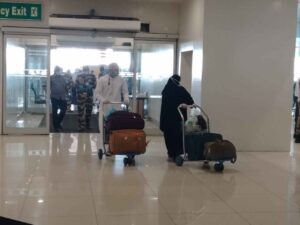
Ravi’s is not an isolated case. As per the estimate of the Government of India, over 7 lakh Indian migrants returned from the Gulf in the aftermath of the pandemic. An earlier instance of a sudden return of Indians in large numbers from the Gulf was during the Iraq-Kuwait War in 1990. Return is inevitable for Indians in the Gulf even during normal circumstances owing to the inherent contractual status of their employment tied to the kafala system. However, the pandemic-induced migration crisis was distinctive in its detrimental effects on Indian migrants, especially those working in an array of low-skill, low-pay sectors such as construction, manufacturing, sanitation, transportation, sales, self-care, food, and hospitality industry. The crisis was exacerbated by the migrants’ limited access to health and welfare nets in the destinations, job loss, wage theft, and an abrupt departure from the Gulf.
Contextualising the Gulf Migration from India
The modern-day Gulf migration from India is a five-decade-old phenomenon; however, Indian presence in the Gulf region dates back to proto-historic times when the Arab merchants mediated the trade between Indus civilisation and Europe. Up until the early twentieth century, mobility was trade-driven and smaller in numbers, after which the nature and volume of migration changed. Following the discovery of oil reserves in the region in the 1930s, the number of Indians immigrating to the Gulf countries for skilled, semi-skilled and low-skilled jobs through formal and informal channels surged. Various sources estimated that about 15,000 Indians were working in the Gulf in the early 1950s, and this number rose to around 50,000 in the year 1970. During this time, the kafala system of work sponsorship emerged in Saudi Arabia as part of the Residency Law of 1950, and soon its variations extended across the Gulf States as their central labour import policy.

The oil price boom in 1973 marked the beginning of the exceptionally massive emigration of Indians of all ages, classes, and skill levels to the Gulf, corresponding primarily to the tremendous economic prosperity and infrastructural development in the region. From approximate 150,000 Indian workers in 1975, the numbers grew to a million in 1983. The majority of these migrants were from Kerala and other South Indian states, and they formed the first generation of the present-day Indian expatriate communities in the Gulf lands. These earlier migrants have capitalised on India’s long-established trade and political relations with the region, and the oil boom induced labour demand in all categories of work, especially the oil and construction sectors. Therefore, Indian expatriates were central in contributing to the initial modernisation efforts of the oil-rich Gulf countries in the late-twentieth-century and their instantaneous transfiguration “from camel to Cadillac”. Concurrently, the Gulf migration has contributed to the gradual upward economic and social mobility of migrant households in India and strengthened the national economy through remittances they send home. Of USD 83.1 billion foreign-exchange remittance received in 2019, the Gulf migrants sent home an estimate of USD 50.2 billion.
The latest estimates show that out of 18 million overseas Indians dispersed globally, 8.8 million were living and working in the six Gulf States –the United Arab Emirates (UAE), Saudi Arabia, Bahrain, Kuwait, Oman and Qatar. The UAE and Saudi Arabia host the largest number of Indians in the Gulf, 3.4 million and 2.5 million. Kerala continued to be the largest sending state with 1.89 million Malayalis in the Gulf in 2018; however, an 11 per cent decline in their numbers was noted between 2013 and 2018. Meanwhile, emigration from Telangana, Andra Pradesh, Uttar Pradesh and Bihar gained momentum, which is illustrative of the dynamic nature of the India-Gulf migration corridor. Each sending state in India has its idiosyncrasies that determine the trends and patterns of Gulf migration.
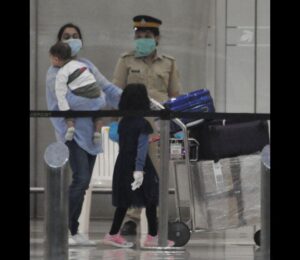
Lured by the narratives of Gulf riches and prosperity of earlier migrants, Indians migrate to the Gulf principally for economic push and pull reasons. The job profile of the Indians in the Gulf is diverse, though the majority are semi or low-skilled workers. The presence of irregular Indians in the Gulf States is not unknown to the governments. However, their numbers are often underestimated as they stay outside all formal records, adding to their vulnerability.
Contrary to the popular belief that migrating to the Arab land of “plenty and promise” can make one rich real quick, the expatriate life in the Gulf was never easy for India’s migrant workers. As the earlier phases of migration were also the formative years of the Gulf’s development, the first-generation of Indian labour migrants had endured bare minimum accommodation and dining facilities, grinding working conditions with an iota of formal labour standards in place, and social alienation as they belong to the lowest rungs of the society. Regrettably, the situation of the Indian blue-collar workers in the Gulf has not ameliorated much even today.
Their wages are stagnated in perpetuity while the living cost is constantly on the rise. In addition, successive economic and tax reforms have negatively affected the savings and the cut-rate and competitive labour supply from other South and Southeast Asian countries, such as Sri Lanka, Bangladesh, and the Philippines, have posed high job insecurity among Indian workers. Furthermore, the labour nationalisation policies, such as Nitaqat in Saudi Arabia, have cost many expatriates their jobs. Thus, long before the COVID-19, the Gulf dream of many Indian migrant workers was fading. That said, the pandemic worsened their worries and sufferings as, at its onset, their very livelihood came to an outright halt.
COVID-19 and Travails of Indian Workers in the Gulf
Despite the efforts to manage the pandemic, the oil-based Gulf States had been hard hit by the disruption of economic activities due to lockdown measures to contain the virus and drop in global demand and price of oil. The adverse impact of COVID-19 manifested sorely in the Gulf labour markets stripped the jobs and livelihoods of thousands of migrant workers from India and elsewhere. Those employed in sectors such as travel, tourism, hospitality, restaurant, retail, manufacturing, construction, and business were affected more relative to those in health care, education, or domestic services. Regardless of this asymmetric impact, Indian migrants of all classes in the Gulf have borne the inevitable brunt of the pandemic in one way or the other. Furthermore, the pandemic exposed the lapses in the migration management and non-compliance with international labour standards and domestic laws and the consequent precarity of migrants’ circumstances in these countries.
Not generalising, but, during the pandemic, many employers have resorted to the excuse of worsening economic crisis to manipulate and exploit migrant workers for profit or bring in workplace reforms. That being the case, many migrant workers did not receive wages since the pandemic outbreak, while others faced delayed salary payments, job and pay cuts, increase in workload, overtime work without fair compensation, and in some cases, were forced to take unpaid leaves. As a result, these migrants experienced acute financial constraints and economic insecurity that they were not prepared for. This restricted their spending for even the basic provisions, including food, phone recharges, COVID-19 tests, and health care supplies such as medicines, masks and sanitisers. They spent many sleepless nights not knowing how to make ends meet while worrying about the risk of laying off from work.
Anxiety around testing positive, unexpected medical expenses during the pandemic, pending loan instalments, rent payments and other basic living overheads, insufficient money to remit home, and the constant worry about the health and welfare of the left-behind family in India have put inexplicable pressure on the Gulf migrants. Commonly referred to as “married bachelors” in the Gulf, the majority of the male migrants who are in low-income jobs are married and have their families back in India. Fearing the likelihood of losing jobs while on leave, many such “single” migrants decided not to take their hard-earned annual leave and have forsaken a chance to be with family during the life-threatening pandemic time. Also, travel options were expensive and limited to Vande Bharat flights, and ever-changing travel regulations, medical and quarantine protocols motivated these vulnerable migrants to stay put even during the life-threatening health crisis.
Suicides among the Indian migrants were a matter of concern in the pre-COVID days. The uncertainty and stress of survival and sustenance during adverse times had further affected the physical and mental health of Indian workers in the Gulf. The pandemic has aggravated the feeling of loneliness and social isolation among them due to the mobility restrictions and other public safety protocols. The situation was more challenging for the undocumented Indians in the Gulf because of their very status of the migration. With no livelihood options available, many of them had returned to India, taking advantage of the amnesty announced by the Gulf governments during the pandemic.
In the case of a number of migrant families, especially when spouses lost jobs or on reduced salaries, to cut the cost of living in the Gulf, they have taken the difficult decision to either send back their children to grandparents in India or women to resign from their low-paying but demanding jobs to go back “home” with children. For an average migrant family in the Gulf, living on one person’s income is tough considering the living expenses, children’s education, and upkeep of domestic affairs back in India. During the pandemic, even though schools moved online, parents, unemployed or those facing salary cuts, had to pay full fees, and many children dropped out due to financial difficulties.

Furthermore, many migrant workers were asked to resign or have terminated from work without proper notice. Downsizing the migrant employees was favoured as a viable action to cut costs and manage the economic slowdown. At the same time, some public and private establishments have taken advantage of the situation to restructure their recruitment policies and hire Arab nationals as part of labour nationalisation master plans. Unable to find another work during the pandemic, those who lost their jobs, like Ravi, were forced to return hurriedly to India, and many of them did not receive their salary arrears and end-of-service benefits. These are clear cases of labour contract breach and labour rights violation. Most of these migrants returned to India with a paltry sum of money and no formal documentary proofs regarding pending salary and rightful benefits.
Several reports published by media and civil society organisations unveiled this rampant human and labour rights violations, direct and indirect forms of exploitation and differential treatment at work, and other severe hardships Indian migrant workers had to endure in the Gulf during the pandemic. The soaring infection rate among the migrant workforce during the various waves of COVID-19 was indicative of their precarious living and working conditions. They worked in arduous environments with inadequate safety mechanisms, commuted in cramped company buses, and lived in overcrowded labour camps or “bachelor houses” where social distancing was impossible. Since many blue-collar jobs did not have adequate or no health insurance coverage, they were often deprived of medical care that was generally expensive and exclusive. The inability to afford medical costs in the Gulf is a barrier to accessing health care even for professional migrants from India. Besides, the access low-skilled workers have only limited access to social services.
The Case of Indian Women Migrants
The COVID-19 pandemic has worsened the hardships of the Indian women migrants in the Gulf, cutting across all strata of labour. However, some among them are more exposed to precarious situations, as in the case of women domestic workers. Because of the very nature of their employment, they are highly dependent on their employers and work at the unregulated private spaces of employers’ residences. Though they did not face the threat of job loss, due to the pandemic-related restrictions and lockdowns, they had limited or no access to essential services, restricted access to information, and excessive workload with no options for weekly off from work. The lockdown impeded their mobility and made them further vulnerable to discrimination, inhuman treatments, physical and mental harassment, gender-based violence, and exploitation. The word “stranded” that is frequently used in the context of lockdown was apt to depict the plight of these domestic workers.
The pandemic experiences of Indian women in the skilled professions, such as IT or clerical and managerial fields, are unlike the cases of domestic workers or sanitation staff. For the former, when their job turned “work from home”, they struggled to have a designated workspace at their 2 BHK flats and found it difficult to maintain work-life balance. Their household chores doubled, especially with children at home and a beefed-up need of hygiene standards to avoid COVID-19 infections. They were also expected to constantly check on family back in India and ensure that the health of their elderly parents and in-laws were not compromised at a time when the pandemic was spreading rapidly everywhere. Similarly, the workload of Indian health care workers in the Gulf hospitals increased disproportionately with extended shifts to deal with the pandemic. From exhaustion to the physical exertion of wearing the protective gear throughout the long working hours and anxiety about one’s own and family’s safety put a severe emotional and psychological toll on them.
India’s Gulf Migration at the Crossroads
The COVID-19 pandemic has posed unprecedented challenges to migrants and exposed the systemic inadequacies in addressing the problems faced by them in the Gulf. Further, they find it challenging to secure productive employment, business or other livelihood opportunities on their pandemic-induced return to home states in India. This compelled many returnees to look for opportunities to re-migrate to Gulf for work or elsewhere. However, it has become a challenging prospect for those planning to re-migrate to the Gulf in the currently evolving post-pandemic situation as prospects to obtain better-paid job opportunities are gravely constrained due to vigorously implemented labour nationalisation policies in the Gulf States. India-Gulf migration is at a crossroad now. This is the opportune time to relook at the Indian migration to the Arab lands and learn from our collective experiences for safeguarding the best interests and welfare of India’s Gulf migrants.


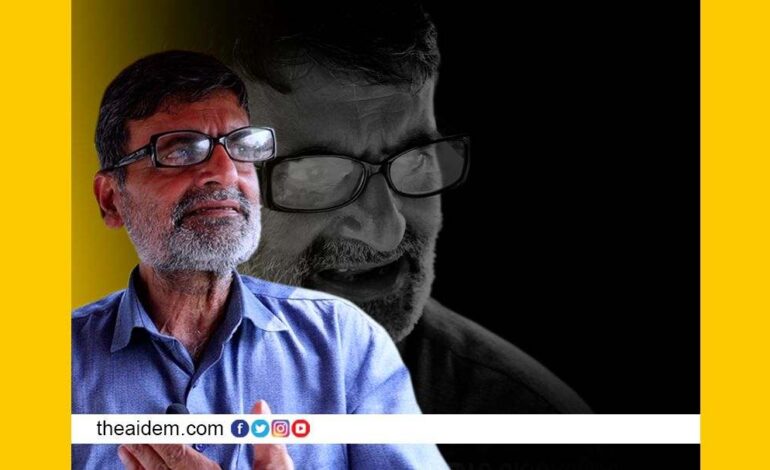
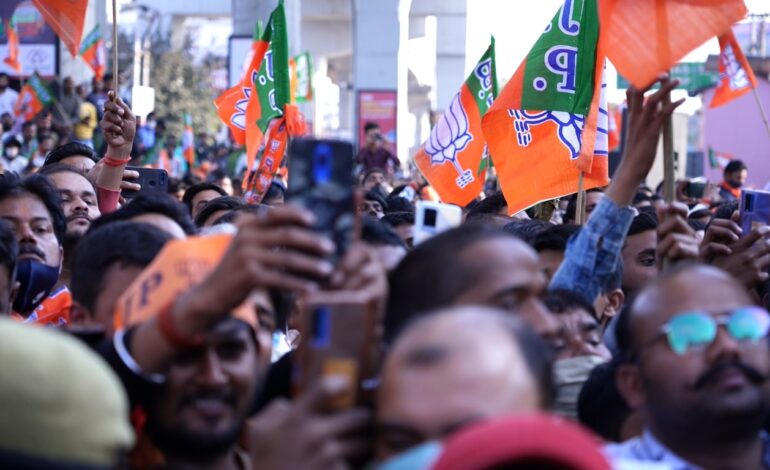
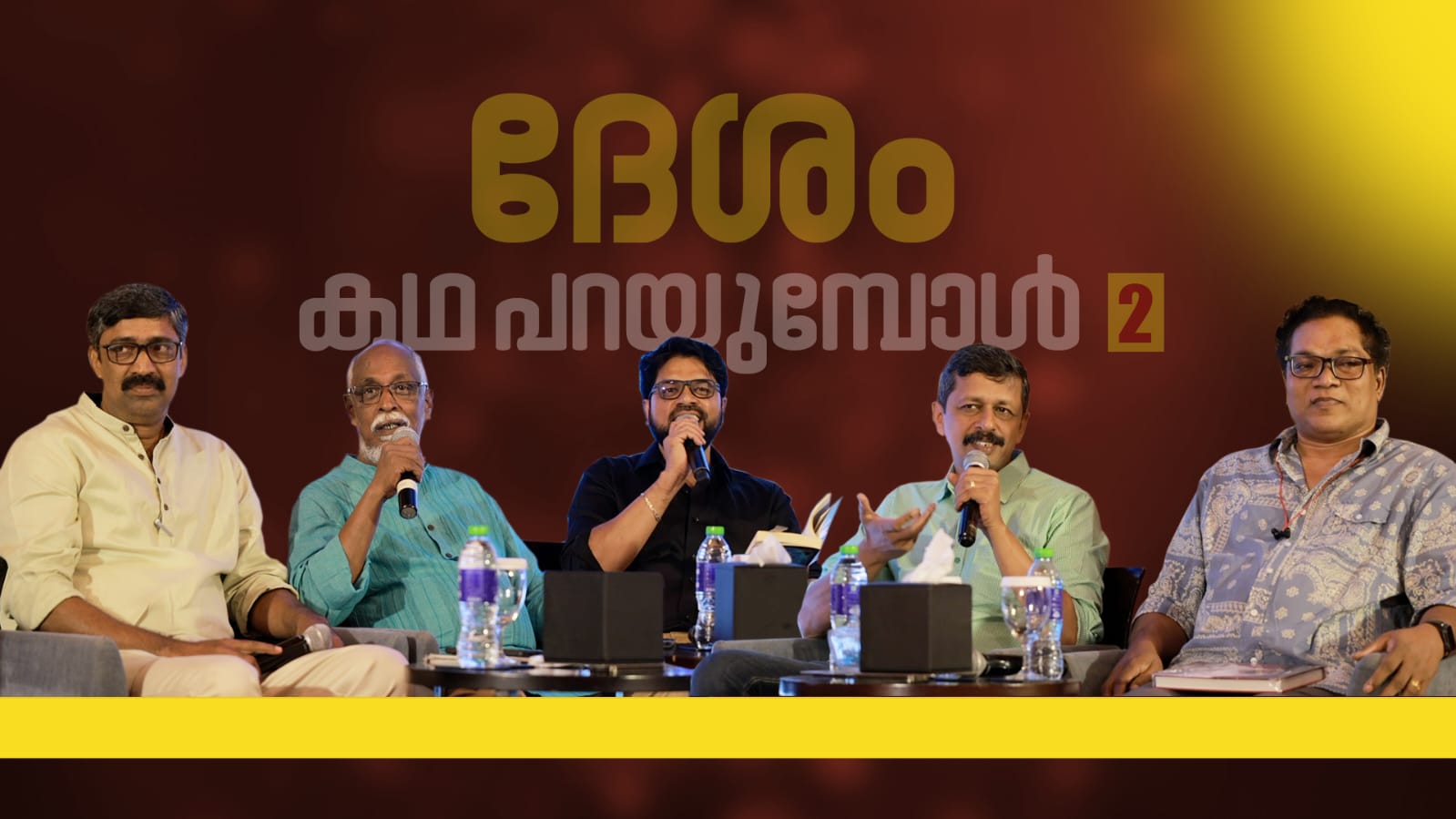
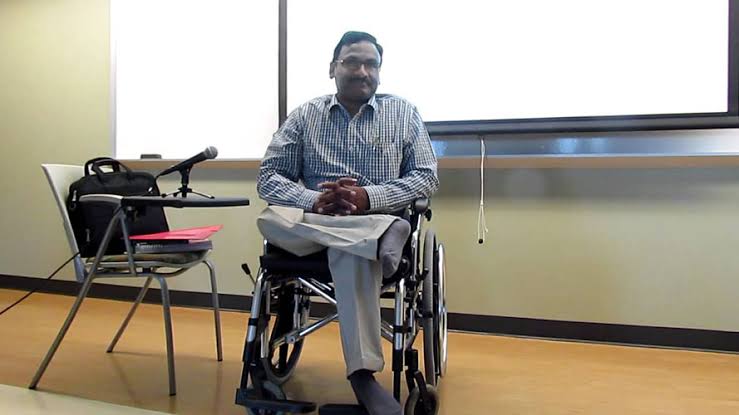
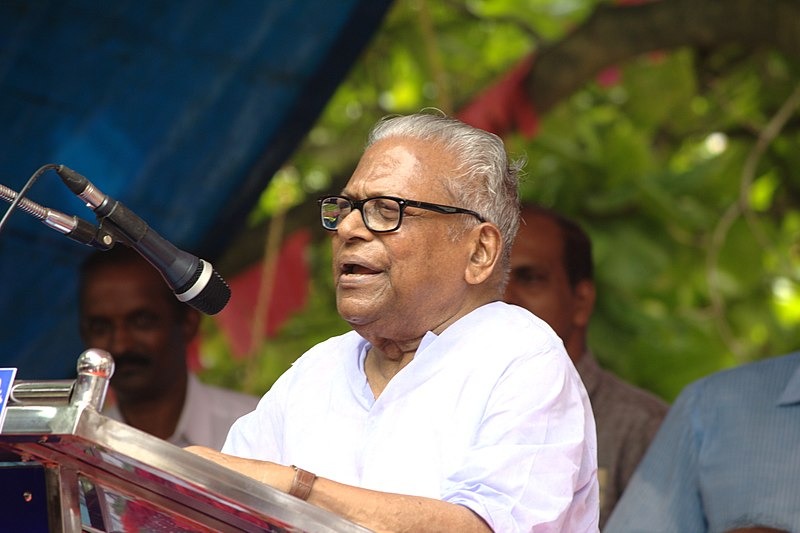

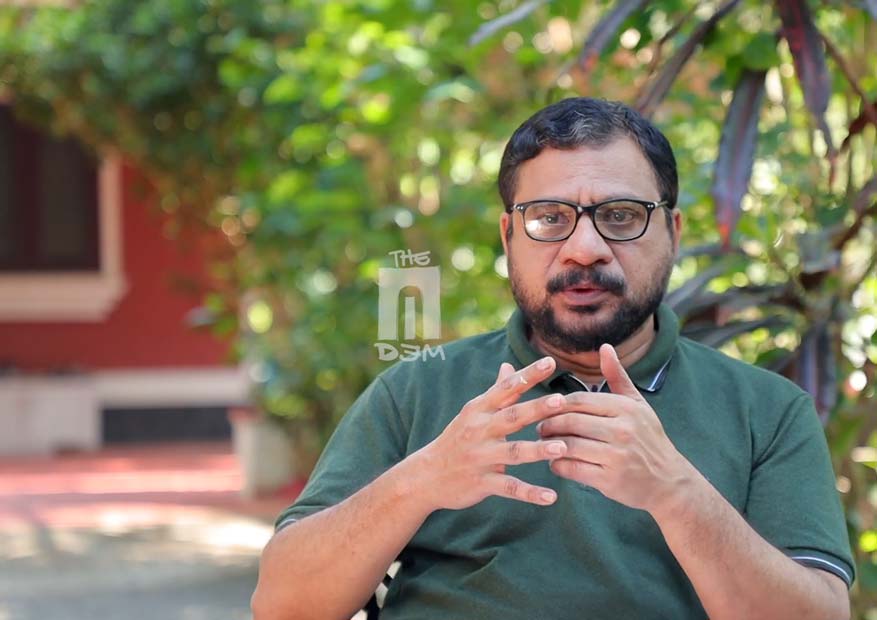
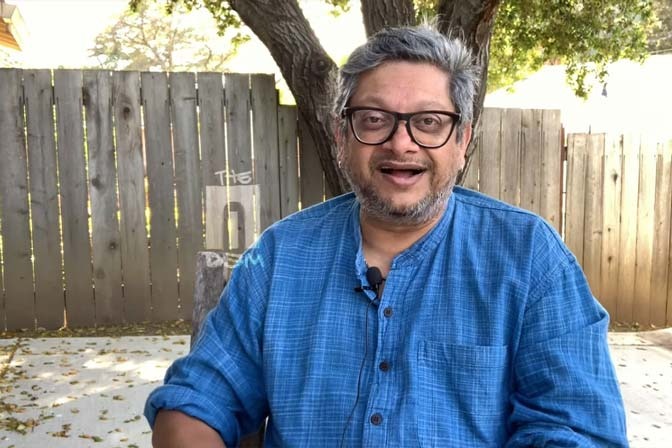
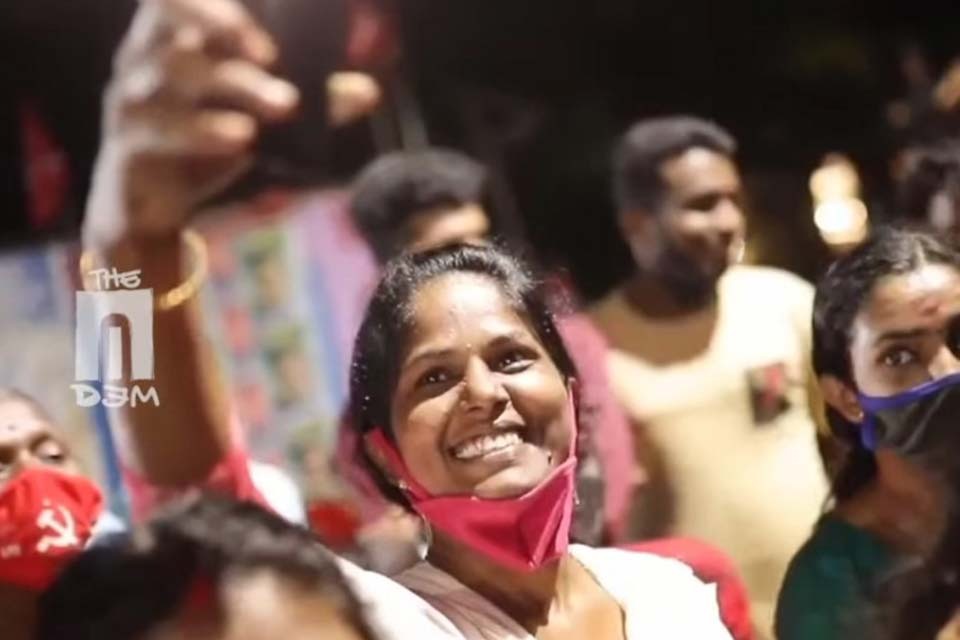

A very comprehensive article . Interested to learn more about the issue.